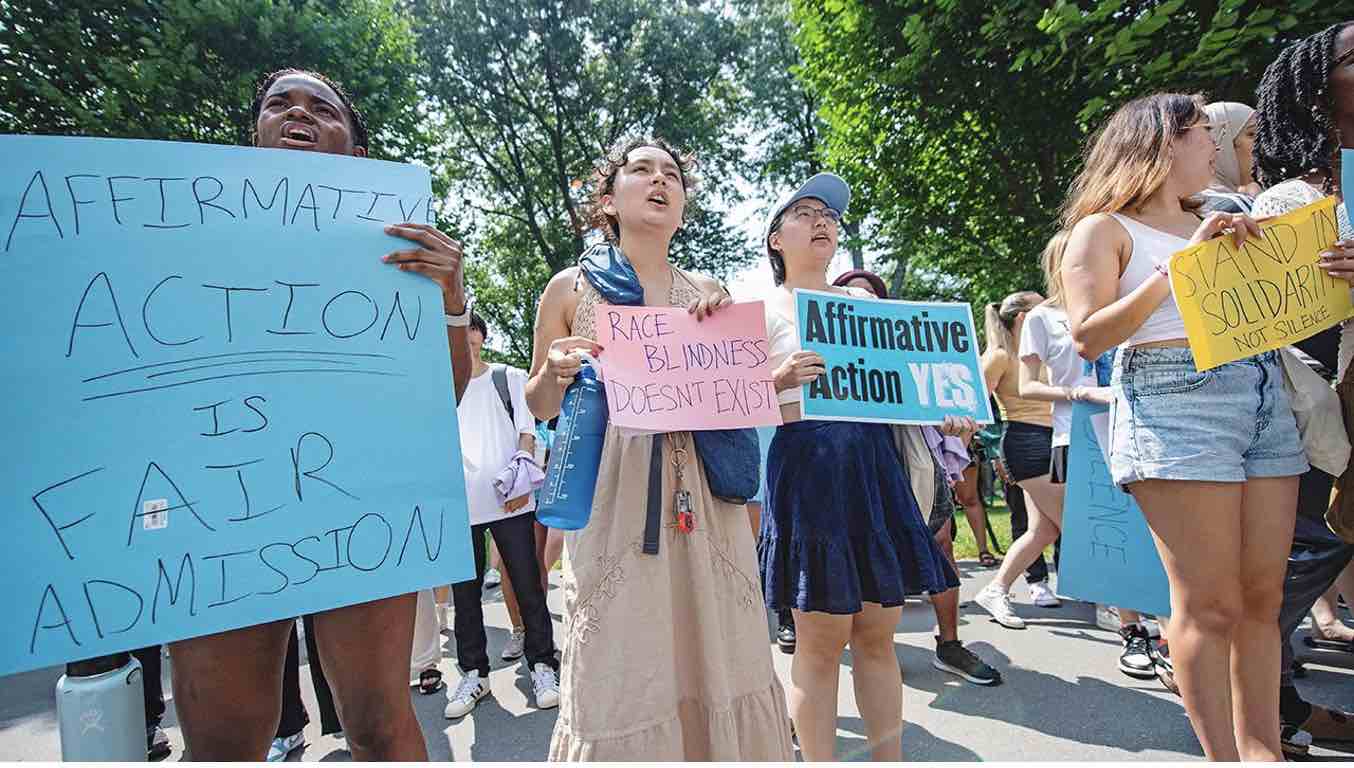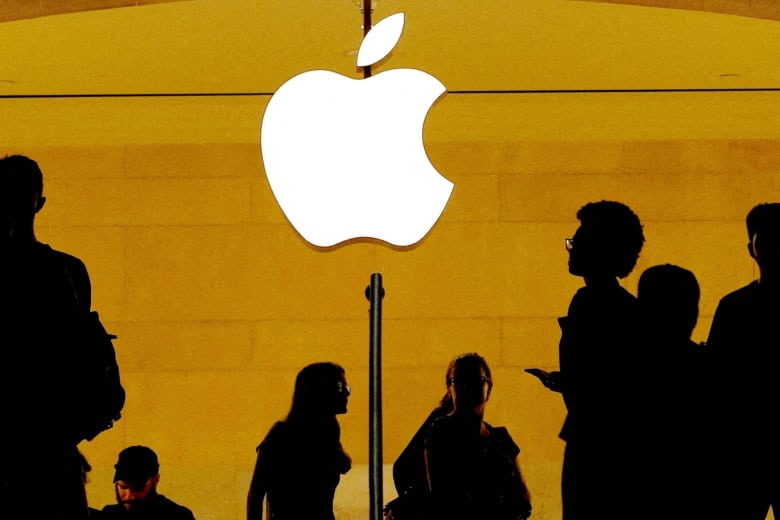In the hallowed halls of US colleges and universities, the concept of meritocracy stands as a beacon of hope and promise. The very essence of the American Dream is grounded in the belief that hard work, determination, and talent should be the key factors determining success. However, as we venture into the intricate world of higher education, we unearth a complex tapestry of admissions practices that both uphold and challenge the ideals of meritocracy. Join us on a journey to explore the nuanced reality of meritocracy in US colleges, uncovering instances where it falls short and reflecting on the reasons why it’s imperative to uphold this principle.
The Meritocracy Mirage: What We Want to Believe
In an ideal world, meritocracy would reign supreme in college admissions, allowing every deserving student to ascend the academic ladder based on their abilities. This would mean that admission committees would consider academic achievements, standardized test scores, and personal accomplishments as the primary determinants of an applicant’s eligibility. Such a system would seemingly create a level playing field, where socio-economic backgrounds, family connections, or other external factors wouldn’t sway the admission decision.
Legacy Admissions: The Antithesis of Meritocracy
However, the reality often veers from this ideal. Take the case of legacy admissions—a practice where the children of alumni receive preferential treatment in the admission process. It’s a practice steeped in tradition, yet it introduces a glaring disparity. For example, at an Ivy League institution, a student with an impressive academic record could find themselves edged out by an applicant with legacy status, even if their credentials are less impressive. The argument in favour of legacy admissions often on the pretext maintaining strong alumni relationships and fostering a sense of tradition. Nonetheless, this practice can undermine the meritocratic principles institutions claim to uphold.
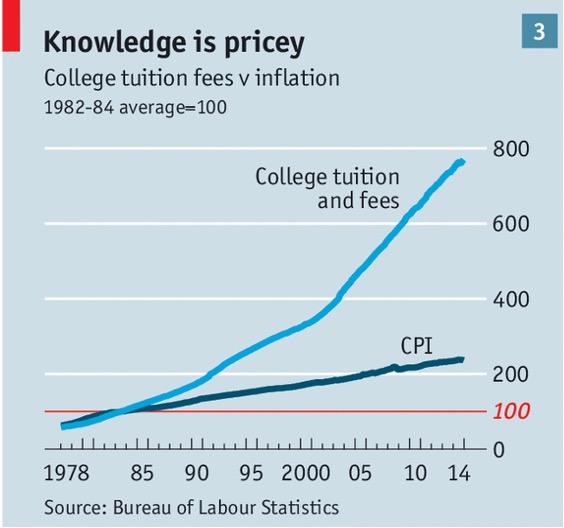
Athletic Recruitment: When Talent Trumps Academics
Another facet of the admissions process that raises eyebrows is athletic recruitment. While the inclusion of talented athletes adds vibrancy to campus life, the question arises whether athletic prowess should outweigh academic achievement. Consider a situation where a student with middling academic performance secures admission due to their exceptional skills in a particular sport. This can lead to a skewed representation of merit, leaving students who excel academically but lack athletic talents at a disadvantage.
Socioeconomic Barriers to Meritocracy
The socioeconomic background of students can be a significant impediment to achieving true meritocracy in US colleges. While the promise of equal opportunity prevails, the stark reality is that not all students have access to the same resources. Students from privileged backgrounds often have access to tutors, test prep courses, and enriching extracurricular activities, creating an uneven playing field. This disparity is evident in standardized test scores, where economically advantaged students tend to score higher due to preparation advantages.
Holistic Admissions: A Double-Edged Sword
In response to these challenges, many institutions have embraced holistic admissions as a means to achieve a more comprehensive evaluation of applicants. This approach considers an applicant’s entire profile, including personal experiences, challenges, and diversity factors. However, while holistic admissions strive to be inclusive, they can introduce subjectivity into the decision-making process. This subjectivity opens the door to unconscious biases, potentially compromising the very essence of meritocracy.
The Affirmative Action Dilemma
The pursuit of diversity and equal representation in colleges is another dimension of the meritocracy debate. Affirmative action policies aim to address historical inequalities by giving preferential treatment to underrepresented minority groups. While these policies strive to create a diverse and inclusive environment, they can be perceived as compromising merit-based admissions. This has led to heated debates over whether such policies strike the right balance between diversity and meritocracy.
Unmasking the Commercialization of Education
The commercialization of education has also contributed to the erosion of meritocracy. Institutions often face immense pressure to maintain high rankings and attract the best students, leading to decisions that prioritize financial gains and prestige over merit-based admissions. This can result in colleges overlooking applicants with genuine potential but lacking impressive resumes that boost institutional prestige.
The Path Forward: Reclaiming True Meritocracy
While the landscape of US college admissions is complex, steps can be taken to foster a more meritocratic system that aligns with the values of equality and opportunity.
Transparent Admissions Criteria: Colleges should be transparent about the weightage given to different factors in the admissions process. This ensures that students and their families have a clear understanding of how their applications will be evaluated.
Diversifying Access to Resources: Initiatives to provide resources like test prep courses, mentorship, and extracurricular opportunities to underprivileged students can help level the playing field and ensure that merit isn’t overshadowed by disparities in resources.
Redefining Legacy Admissions: Institutions can consider revising legacy admission practices to ensure that familial ties do not supersede an applicant’s individual achievements and potential.
Addressing Socioeconomic Barriers: Scholarships, financial aid, and outreach programs can help bridge the gap between economically disadvantaged students and their more privileged peers.
Objective Evaluation in Holistic Admissions: Stricter guidelines and standardized procedures for evaluating holistic aspects of applications can mitigate biases and increase the transparency of the process.
Reviewing Affirmative Action Policies: Continual assessment of affirmative action policies can help maintain a balance between promoting diversity and adhering to meritocratic principles.
Realigning Institutional Goals: Colleges should prioritize educational excellence over rankings and prestige, ensuring that admission decisions align with their mission of nurturing talented individuals.
The concept of meritocracy in US colleges, while noble, is not an unblemished reality. Legacy admissions, athletic recruitment, socioeconomic disparities, and the pursuit of diversity all pose challenges to the principle of merit-based admissions. However, recognizing these challenges presents an opportunity to forge a path towards a more equitable and inclusive system. By collectively working towards transparency, equal access, and fair evaluation, US colleges can rediscover the true essence of meritocracy—a promise where every student’s potential is recognized and rewarded, regardless of their background or circumstances.

Given below are some of the notable admissions controversies
Harvard University and Legacy Admissions: One of the most prestigious universities in the United States, Harvard University, has faced scrutiny over its legacy admission practices. A 2019 lawsuit alleged that Harvard discriminates against Asian-American applicants while favoring legacy students, among other factors. This highlighted how legacy status can potentially overshadow academic merit, causing controversy over whether admissions truly prioritize excellence.
University of Texas and Affirmative Action: The University of Texas at Austin has been at the center of debates surrounding affirmative action policies. In the landmark case “Fisher v. University of Texas,” a white applicant challenged the university’s affirmative action policy, arguing that it violated her equal protection rights. This case exemplifies the tension between affirmative action goals and merit-based admissions, where the consideration of race raises questions about fairness and equal opportunity.
Stanford University and Athletics Admissions: Stanford University, known for its academic rigor, faced controversies over admissions related to athletics. In recent years, there have been cases where students were admitted as athletes, even though their athletic prowess might not align with the university’s rigorous athletic standards. This raises concerns about whether merit in academics and athletics is truly upheld in admissions decisions.
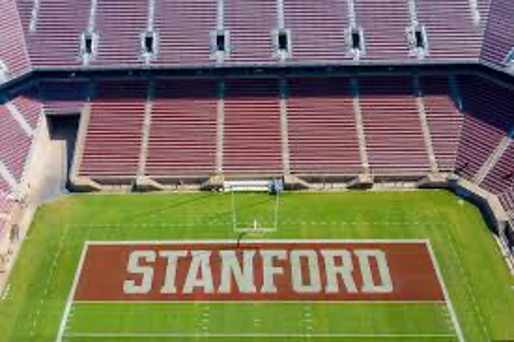
Yale University and Holistic Admissions: Yale University’s holistic admissions process, like that of many other institutions, aims to consider applicants in a comprehensive manner. However, the subjectivity inherent in such an approach can lead to concerns about bias. A lawsuit against Yale alleged that the university discriminates against Asian-American and white applicants, showcasing how holistic evaluations might inadvertently lead to disparities that challenge meritocratic ideals.
University of California System and Test-Optional Policies: The University of California system implemented test-optional policies in response to the challenges posed by standardized tests. While this move aimed to address disparities in test preparation resources, it also sparked debates about whether test-optional policies truly promote meritocracy. Critics argue that test scores can provide a standardized measure of academic aptitude, making the admissions process more equitable.
Ivy League Schools and Socioeconomic Disparities: Although Ivy League schools are often associated with academic excellence, they have also been criticized for their limited access to economically disadvantaged students. The high cost of attending these institutions, even with financial aid, can deter low-income students from applying, potentially depriving these schools of talented individuals who might not have had the same educational opportunities.
University of Michigan and Affirmative Action Legal Battles: The University of Michigan has been a focal point in the legal battles surrounding affirmative action. In the case “Gratz v. Bollinger,” the university’s undergraduate admission policies were challenged for giving preferential treatment to certain racial and ethnic groups. The case underscored the ongoing tension between promoting diversity and adhering to merit-based admissions.
Georgetown University and Family Connections: Georgetown University, among other institutions, has been scrutinized for admissions practices related to family connections. The “Operation Varsity Blues” scandal revealed instances where students with influential parents gained admission through connections rather than solely on their academic merits. This scandal shed light on how family ties can influence the admissions process, raising questions about fairness.
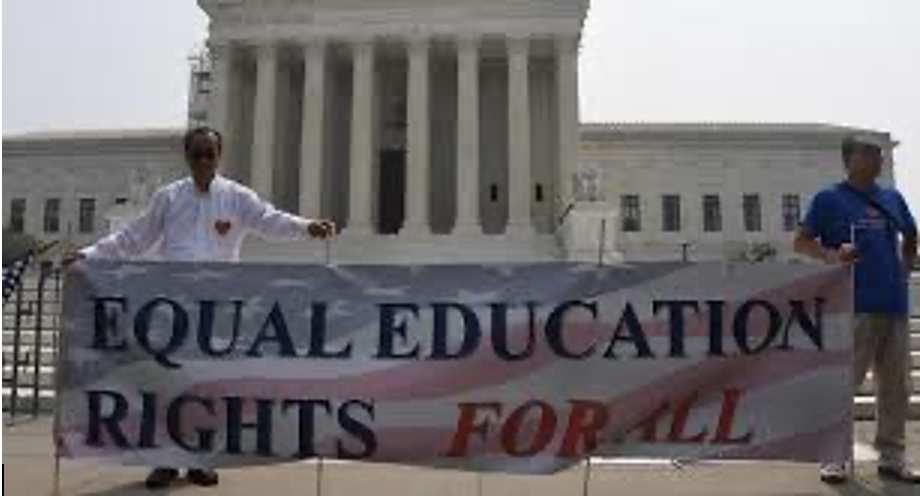
These real-life examples illustrate the complexities and challenges surrounding the concept of meritocracy in US college admissions. While many institutions strive to uphold the principles of fairness and equal opportunity, the influence of legacy admissions, affirmative action policies, financial disparities, holistic evaluations, and other factors can create situations that deviate from the pure meritocratic ideal. Recognizing these challenges is crucial to fostering meaningful discussions and finding ways to ensure that admissions practices align more closely with the values of equity and excellence.
Written by – Sakshi Joisher
Edited by – Alan Joseph Benny

